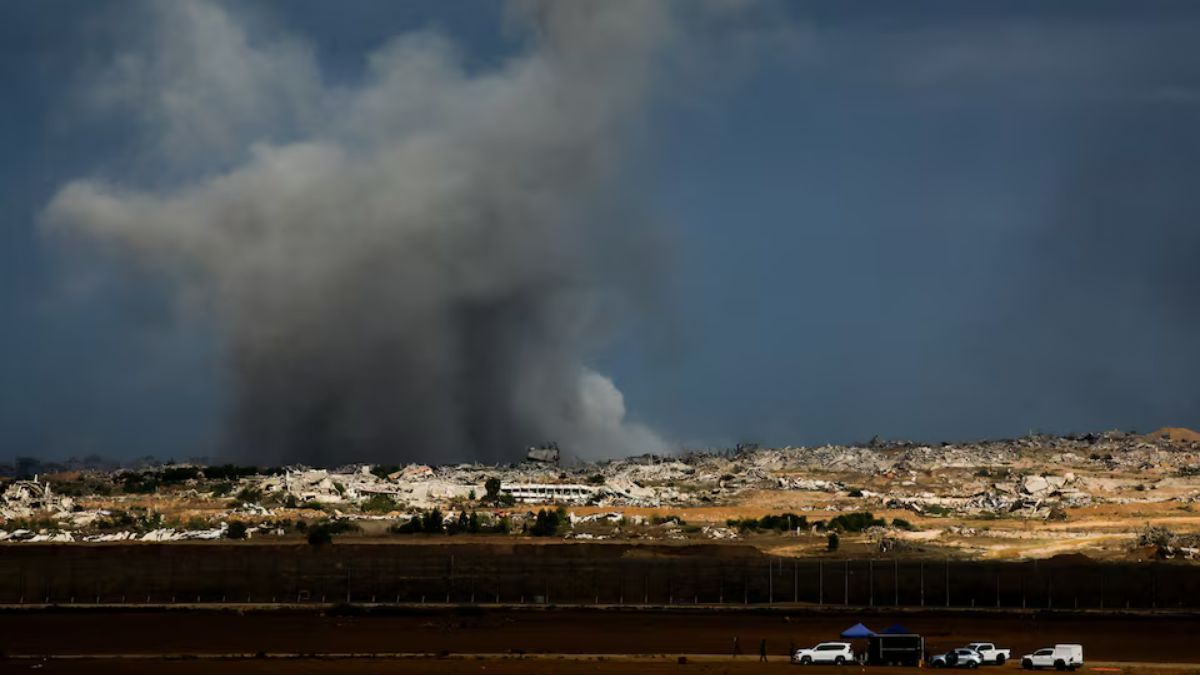Gaza war | Israel approves ceasefire, hostage deal: What's next?

The Israeli cabinet voted early this morning in favour of a ceasefire deal in Gaza that will see hostages released in exchange for Palestinian prisoners and a halt to the fighting, despite vocal objections from members of the far-right coalition.
The deal was opposed by National Security Minister Itamar Ben Gvir, National Resilience Minister Yitzhak Wasserlauf, and Heritage Minister Amichay Eliyahu. The vote tally was not made public.
Understanding the ceasefire and hostage deal
The deal, which forms the first phase of a broader 20-point peace proposal introduced by President Donald Trump, has been described as a major breakthrough by both sides.
ALSO READ | OPINION | What true peace means for children scarred by Gaza conflict
The initial agreement includes several coordinated steps to be undertaken by Israel and Hamas, following indirect negotiations held in Sharm El Sheikh, Egypt, with involvement from envoys representing the US, Qatar, and Turkey.
The ceasefire is expected to begin within 24 hours of the cabinet’s approval. The Israel Defence Forces (IDF) will pull back to new positions inside Gaza, with the withdrawal set to leave Israeli troops in control of approximately 53 per cent of the territory. 72 hours after the ceasefire begins, Hamas is to release all remaining hostages. Of the 48 hostages still held, only about 20 are believed to be alive.
In exchange, Israel will release around 2,000 Palestinian prisoners. The exchange is reported to include 250 inmates serving life sentences and 1,700 Gazans detained during the conflict. For each deceased Israeli hostage, Israel will return the remains of 15 Palestinians.
Trump, who has described the deal as a momentous breakthrough, could attend a formal signing ceremony in Egypt. A possible visit to Israel is also planned for Sunday. According to the White House, the hostage release may occur on October 13 or 14.
The ground situation
To monitor the ceasefire and ensure logistical coordination, the United States will send approximately 200 military personnel to Israel.
ALSO READ | Who will excavate remains of dead Israeli hostages in Gaza? 5 confirmed Hamas-Israel peace deal updates
These troops, primarily military planners and security specialists, will operate from a joint civil-military coordination centre. They will be joined by personnel from Egypt, Qatar, Turkey and the United Arab Emirates.
Senior US officials have confirmed that no American troops will be deployed on the ground in Gaza.
Inside Gaza, where famine was declared by experts in August, UN agencies are preparing to deliver emergency aid. The UN’s humanitarian chief said 170,000 metric tonnes of aid, medicine, and other supplies are ready for immediate shipment.
Trump’s proposal outlines plans for 600 truckloads of aid to enter Gaza daily, although Palestinian officials expect an initial minimum of 400, with the number gradually increasing.
Mixed reactions to the deal
The reaction to the announcement has been varied.
ALSO READ | Trump's Middle East breakthrough: What's next for Gaza after Israel-Hamas peace deal?
In Israel, thousands were out on the streets waving Israeli and American flags and expressing relief and optimism, while in Gaza, celebrations were more subdued. Most Gazans expressed fear about whether the deal would hold.
What lies ahead?
Their fears are not misplaced. Although the initial ceasefire is significant, there are unresolved questions like the future governance of Gaza, the possibility of Hamas being disarmed, and the timeline and scope of Israel’s full withdrawal.
Under Trump’s plan, the eventual administration of Gaza will be by a reformed Palestinian Authority, overseen initially by a Board of Peace chaired by Trump himself. Yet, Hamas is not so keen on an external board, while Netanyahu does not want any future Hamas role. Hamas, for its part, insists on maintaining a role in what it calls a unified Palestinian movement, and has refused demands for disarmament.
For now, the mood remains tentatively optimistic, with international stakeholders hopeful that this first phase may lead to a more durable solution.
Speaking after the cabinet meeting, Netanyahu said:
“We’ve fought during these two years to achieve our war aims. A central one of these war aims is to return the hostages, all of the hostages, the living and the dead. And we are about to achieve that goal.”
Middle East